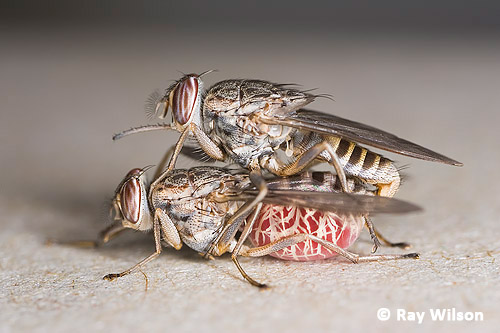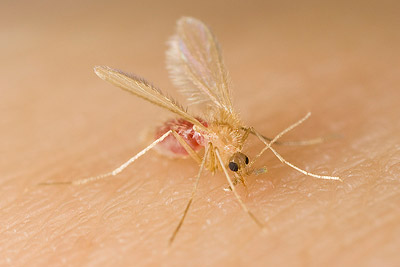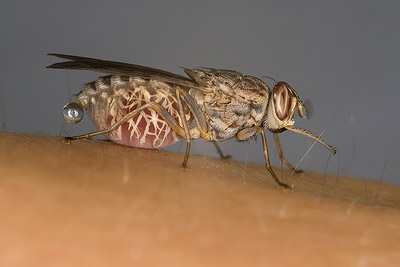


The Diptera are characterised by having only one pair of wings, with the hind pair modified into a pair of halteres that act as gyroscopic stabilisers when the insect is in flight. There are currently over 158000 scientifically described species in over 150 families, with conservative estimates suggesting there is still at least double that number waiting to be discovered. Many Diptera are of great importance to humans, both detrimentally as agricultural pests and as the transmitters of some of the world's deadliest diseases, and beneficially as pollinators of horticultural and agricultrural plants.
The higher order classification of the Diptera is still under debate. Historically, they have generally been separated into the Lower Diptera (Nematocera) and Higher Diptera (Brachycera).

The Lower Diptera contains a paraphyletic group of families which are generally considered to be the most "primitive" of the Diptera families, and are distinguished from other flies by their relatively long, many-segmented antennae with all the segments being relatively similar to each other.
The Lower Diptera families include: Mosquitoes, Crane-flies, Sand Flies, Midges, etc
The Brachycera contains higher order flies that have shortened antennae with a reduced number of segments. They are often split into two paraphyletic groups on the basis of the way in which the adults emerge from the pupa.

Contains all the Brachycera flies that do not exit their pupal case via a circular apperture. The majority of this group are predatory. Includes: Tabanid Flies, Robberflies, Bee-flies, Snipe Flies, etc.
|

Cyclorrhapha contains all the flies that exit their puparium via a circular aperture. Includes: Hoverflies, Picture-winged Flies, House Flies, Blowflies, Tsetse Flies, etc.
|
Ray Wilson owns the copyright of all images on this site.
They may not be used or copied in any form without prior written permission.
raywilsonphotography@googlemail.com